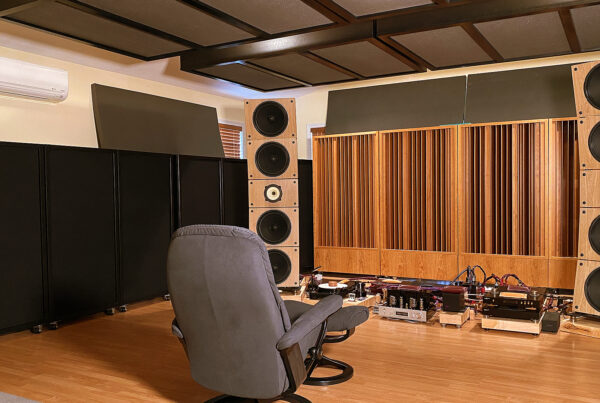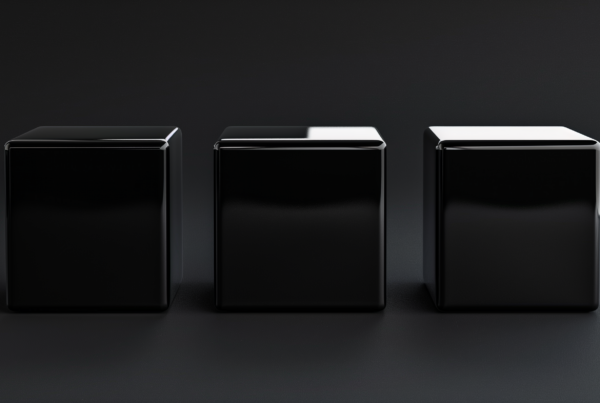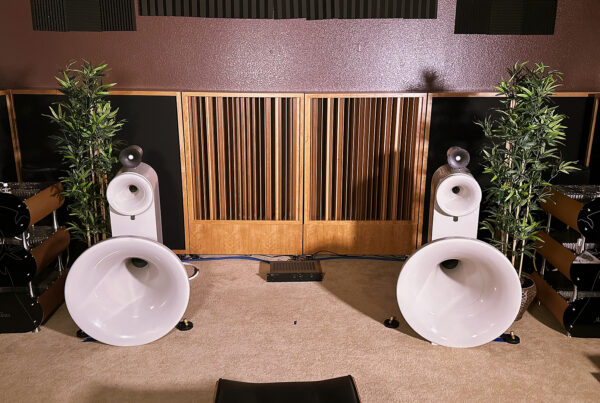Acoustic Design Project
Side 3 Studios
LOW FREQUENCY ACCURACY
All small audio rooms produce large low-frequency issues below 100 Hz. These unwanted modal pressure issues vary in frequency and amplitude. You can have + 16 dB @ 40 Hz. or – 11 dB @ 80 Hz. They are everywhere in the room. They are along the front, rear, and side walls. They are between the floor and ceiling. Sometimes you find them in the first third of the room, other times they are behind your listening or monitoring position. Since they are everywhere, we need a powerful treatment package that can be easily positioned.
Modular Low Frequency Absorbers
With our ACDA carbon low-frequency technology, we have the horsepower. Our ACDA -10 is a broadband absorber that starts at 30 Hz. and goes through 6,500 Hz. The ACDA-12 is a more powerful and frequency specific unit that starts at 30 Hz. and goes through 50 Hz. With these tools that absorb +.5 dB / sq. ft., you have the most powerful low-frequency technology currently available in a small module form that measures 2′ x 2′ x 1′ and weighs only 70 lbs. You can use a few units to address a small bump in the response curve or you can use a group of modules, stacked to give you more horsepower. If you have a +2 dB issue on the back wall, take 4 units and place them there. That will give you .5 dB x 4 or + 2 dB of attenuation in that room area.
You can see our module units stacked below the right channel speaker located on the floor in Side 3 studios in LA. They are also positioned along the left channel side on the floor. Why are they in those positions? These positions indicate that in these room areas there was unwanted pressure. We all know what and where our rooms sound bad. Every room has issues and the longer you work within the room the more of those issues you discover especially when you work with different music genres. You can take measurements to determine frequency/amplitude/location or you can use your ears and mind. Whatever method you choose, with our carbon module units, you now have the tools you need.
Side 3 Studios' Clients
Ed Sheeran
Kanye West
Justin Bieber
Lil Wayne
Flo Rida
James Blunt
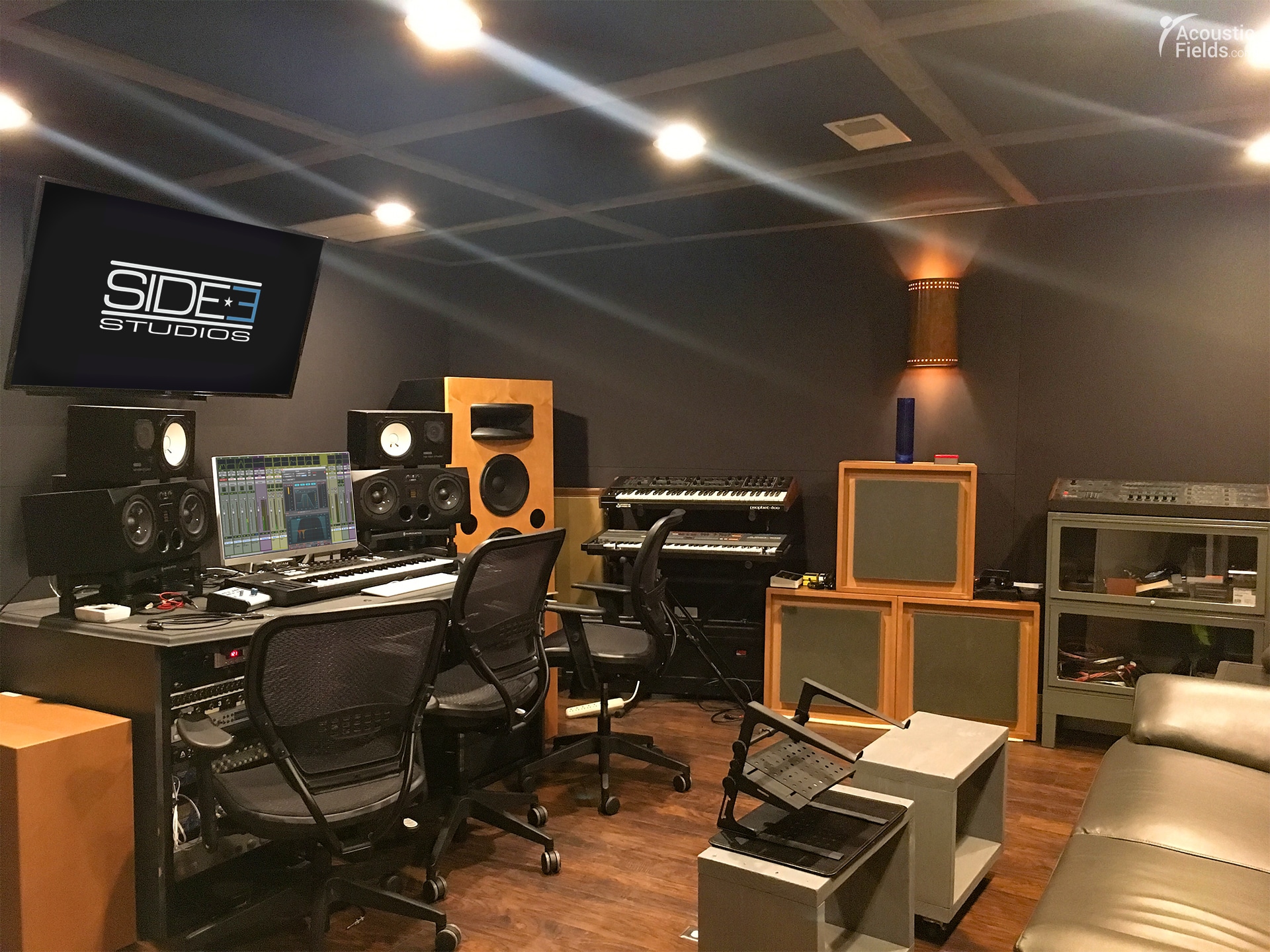
Extraordinary Sonic Improvements
There simply is no substitute for rear wall diffusion in small audio rooms. I have been in all the famous studios in Los Angeles from Capital to Sunset. Any recording studio that produces a superior product has diffusion on their rear walls. There are many products that are labeled diffusers. Most are just sound redirection devices that work off of reflection principles.They are not true diffusers.Only quadratic diffusion can satisfy all the 5 requirements for a diffuse sound field within a critical listening environment. There are two types of quadratic diffusion. There are one and two-dimensional diffusers. The one-dimensional diffusers are shown in Studio 3 on the rear wall. Remember to cover the total rear wall surface area.
Diaphragmatic, low-frequency absorption and quadratic diffusion are not widely understood by most. Even the most seasoned engineer with years of experience hears the large sonic improvement each technology produces on its own. When you marry the two technologies together in your small audio room, you are on your way to finally having the room and room sound you desire. With module units that are predictable and consistent in performance and size, you can apply the correct type and amount to your specific room area problem. The science is complicated but don’t be concerned too much about that. The understanding is in the listening, right Dellio?
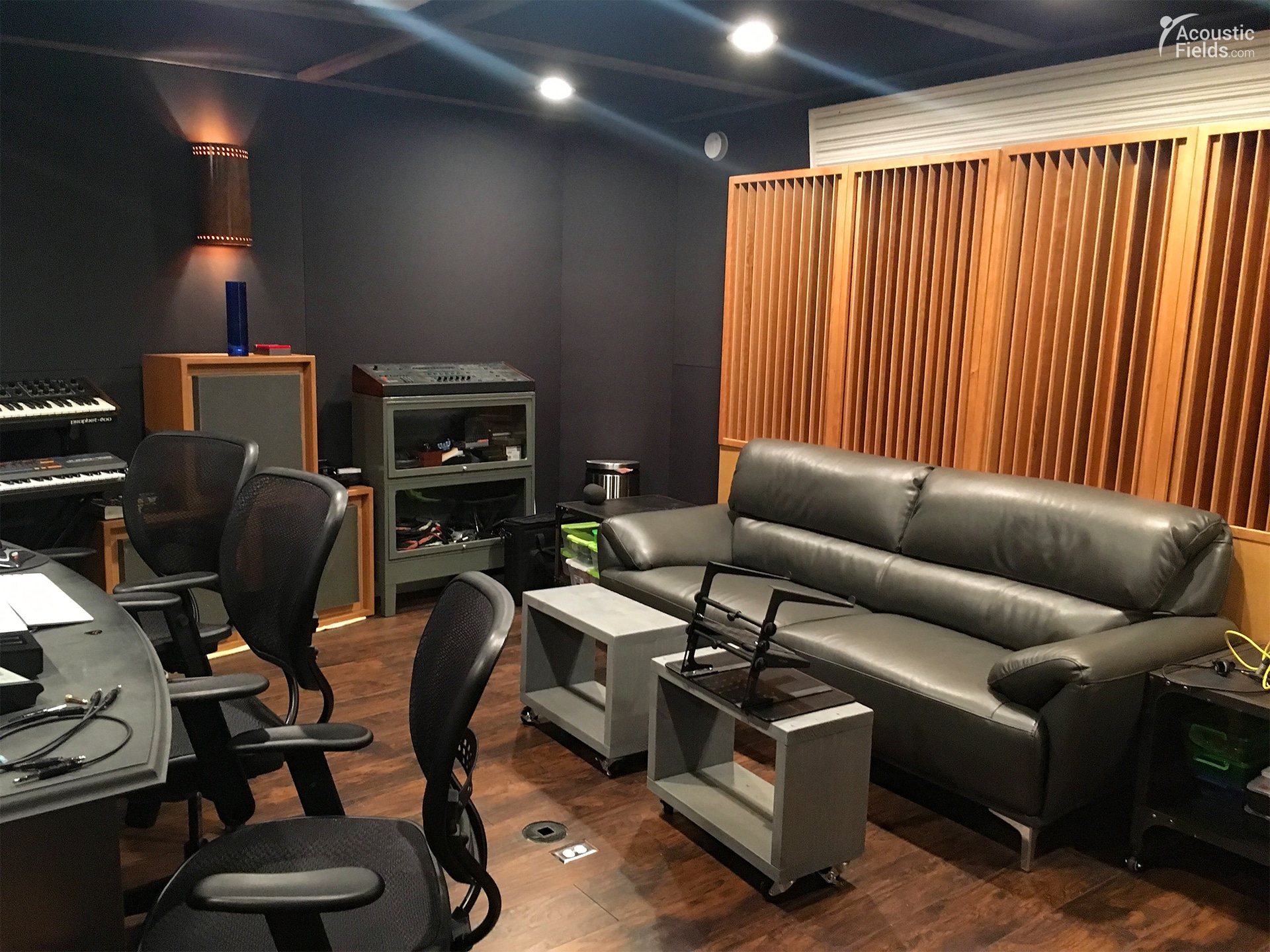
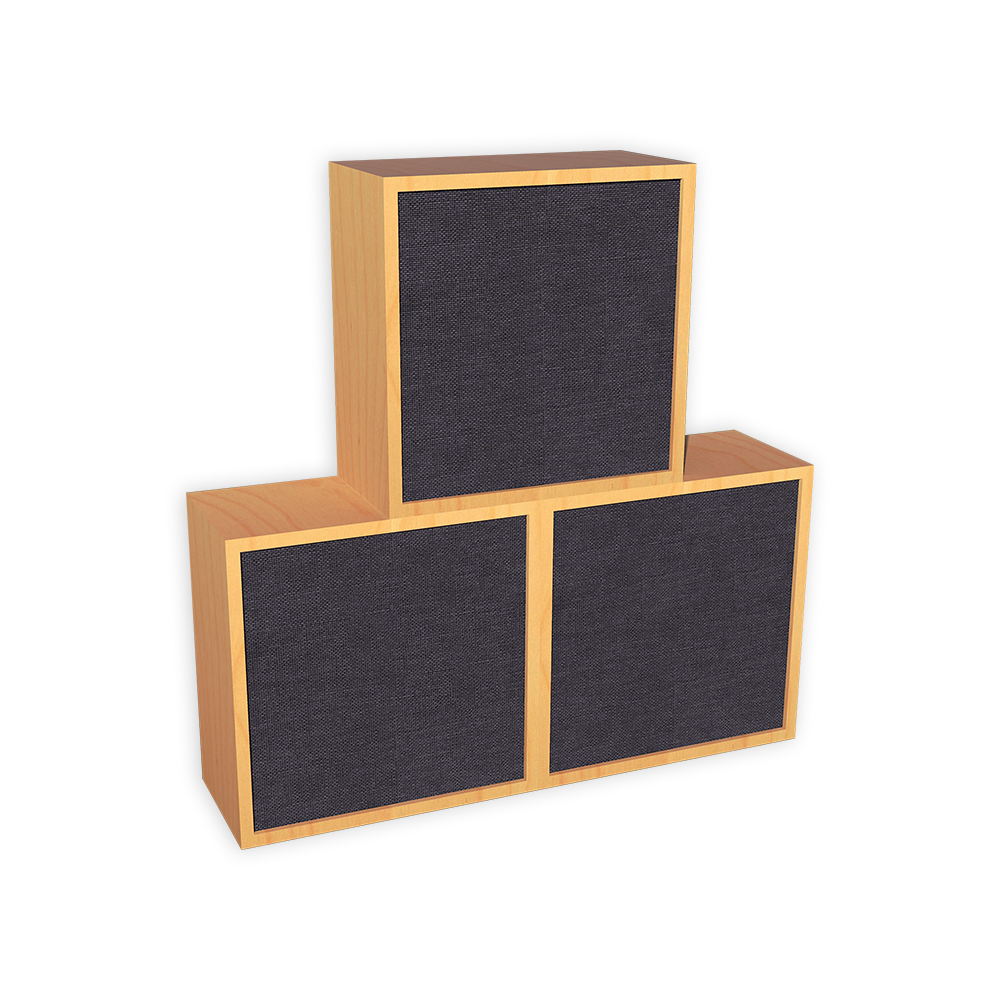
ACDA Modules
The ACDA -10 Modules are broadband absorbers that absorb energy from 30 – 6500 Hz. with an average coefficient of 25 % / octave. The ACDA -12 modules absorb from 30 Hz. – 50 Hz. with 35 % at 35, 63 % at 40, and 100 % at 50 Hz.
These are the most powerful absorbers every created. Each 24″ x 24″ x 12″ module weighs 65 lbs and incorporates our carbon and foam technologies. Using modular units of the ACDA, we can calculate the amount of units needed until sufficient low frequency absorption is reached for the specific room size, volume and usage.
Do you want to solve your room acoustic problems?
There’s no one size fits all when it comes to room acoustics.
Get your FREE personal room acoustics analysis by chief acoustics engineer Dennis Foley.


